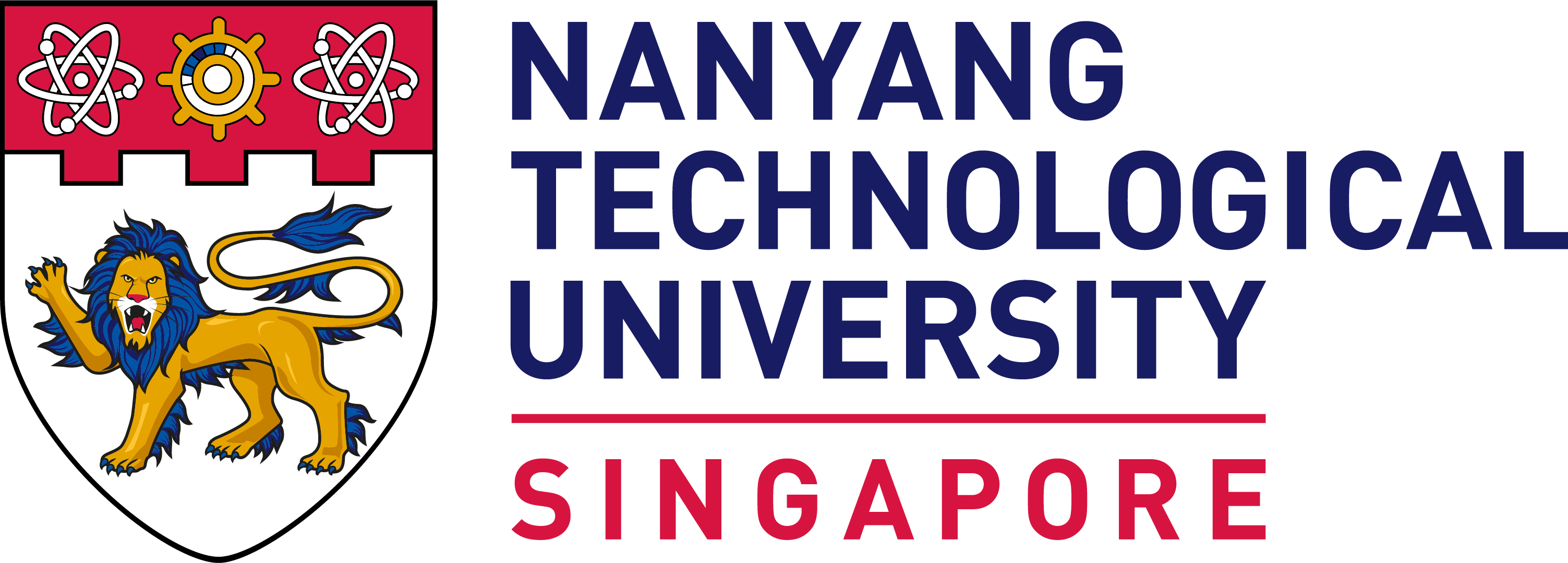Programme Information
How many degree programmes are offered by EEE?
What is the minimum grade required for admission into the School of EEE at NTU?
A-Level: 3H2/1H1 with grades CCD/C
Diploma CGPA: 3.45
A-Level: BCC/D
Diploma CGPA: 3.56
Grade profiles are provided from the latest available year, to provide some reference points to help applicants make more informed choices for their programmes selection.
What is the typical workload for EEE students?
A typical EEE/IEM curriculum comprises approximately 18 Academic Units (AUs) per semester.
- Students usually take around 5 to 6 modules each semester.
- The workload for each module typically includes watching lectures, completing in-lecture knowledge checks, and working on tutorials.
- On average, each module requires about 2 to 3 hours of study time per week.
- With proper planning, students should be able to balance their coursework with extracurricular activities, as most academic tasks follow a consistent schedule.
- The expected workload for each module is communicated at the start of the semester, allowing students to plan their time effectively.
Discover EEE curriculum in details.
Discover IEM curriculum in details
How does the EEE programme differ from the IEM programme?
Similarities between EEE & IEM:
- Both take the same mathematics courses (e.g: Mathematics 1 & 2, Physics 1)
- Both take common circuits and programming modules such as:
Digital Electronics, Signals and Systems, etc
Data Structure and Algorithms (Python)
From Computational Thinking to Programming (C++)
Differences between EEE & IEM:
- EEE goes more in-depth into circuits-related modules, while IEM focuses more on software and media modules.
- Some IEM modules are a combination of several EEE modules. For example, IEM’s Analog Electronics combines EEE’s Circuit Analysis, Analog Electronics, and Semiconductor Fundamentals.
Will a lack of drawing skills affect my ability to pursue the IEM programme?
Drawing skills are not required for the IEM program. The basics of drawing will be beneficial as they will be tapped on in the course largely for 1 core module: DA1000 Thinking and Communicating Visually I.
Is it possible to join the EEE programme without prior coding experience?
Are students introduced to coding modules within the EEE course structure?
Which areas of specialisation can students pursue in the EEE course?
What second major combinations are available, and what is the application process?
Majors Offered (EEE):
Majors Offered (IEM):
Application process: Applicants can directly apply online when applying for NTU
What minors are offered within the EEE programme?
Are there any supplementary or bridging courses available before admission, and what is the process for students to enroll in them?
What areas of study should students consider revising in preparation for the start of the programme?
How does the School of EEE incorporate emerging technologies and industry trends into the curriculum?
Our curriculum is continually updated to align with evolving industry needs, ensuring that our graduates are well-prepared for the future. Emerging technologies are addressed through three cross-cutting thrust areas:
What are the typical class sizes for EEE courses?
What methods of assessment are used in EEE courses? Are students evaluated primarily through examinations, projects, or a combination of both?
EEE adopts a 60-40 assessment model for the majority of its courses.
Most technical courses are graded based on 20% weekly quizzes known as Individual Readiness Assessments (IRAs), 20% from a mid-term quiz, and 60% from the final examination.
Depending on the course, some may also be project-based, incorporating presentations, lab work, and/or individual and group assignments.
Tuition Fees, Scholarships & Financial Aid
What is the tuition fee structure for the EEE programme?
Are there any financial aid programmes available for students?
Apply through NTU:
Bursary
Study Loan
PC Loan
Apply through DBS/OCBC:
Tuition Fee Loan (TFL)
Click here to understand more.
What types of scholarships are available to students?
In recognition of academic excellence and leadership potential, NTU offers a variety of scholarships to new as well as current students pursuing their full-time undergraduate studies at the university. There are various scholarships for Singapore Citizens, Singapore Permanent Residents and Non-Singapore Citizens. Scholarships are generally awarded to students based on academic merit and good co-curricular records.
For more details, please visit the Office of Admissions.
Student Life
What student-led clubs or organisations are available for students to participate in?
The School of Electrical and Electronic Engineering (EEE) is dedicated to maximising your potential. We provide a wide spectrum of activities and learning opportunities to promote leadership training, career, and student well-being & development.
Technical:
- MLDA@EEE
- VIPod
Non-Technical:
- EEE Club
Click here to discover more.
What are the opportunities for overseas exchange within the EEE/IEM programmes?
Students at EEE have the advantage of enriching their university experience through numerous global exchange programmes with our renowned partner universities.
Exchange allows for students to go beyond the classroom, build up life skills and develop new networks.
Click here to understand more.
Are internship or co-op programmes offered as part of the curriculum?
All EEE/IEM students are required to complete a compulsory internship component:
For non-direct Year 2 students: A 20-week, semester-long Professional Internship (PI), undertaken in either Year 3 Semester 1 or Semester 2.
For direct Year 2 students: A 10-week Professional Attachment (PA) during the summer break following Year 3 Semester 2.
Click here to understand more.
What housing options are available for EEE students?
NTU offers 23 Halls of Residence for undergraduate students. New students are guaranteed on-campus housing for their first two years of study.
Senior students must actively participate in hall and co-curricular activities to be considered for housing in subsequent years.
Click here to discover more.


